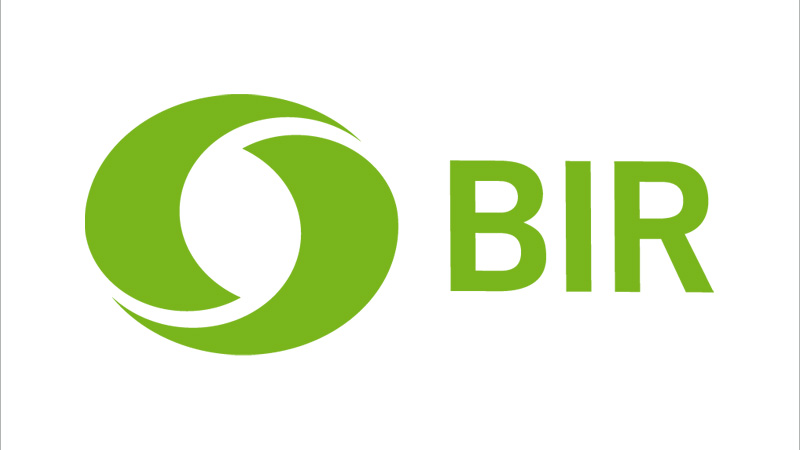Of the more than 6 million tonnes of end-of-life tyres (ELTs) generated annually in China, around 90% are recycled into reclaimed rubber which is then used to produce new tyres and other rubber products. In Europe, by contrast, less than 1% of the ELTs generated each year are recycled into reclaimed rubber, stated guest speaker Fazilet Cinaralp, Secretary General of the European Tyre and Rubber Manufacturers’ Association.
Except in China and India, rubber and tyres are “mostly downcycled into granulates to fill in running tracks and playgrounds, or are simply burnt to create energy”, she told delegates at the BIR meeting staged in Budapest on October 14.
Having noted that the US Environmental Protection Agency describes energy recovery as the conversion of non-recyclable waste materials into usable heat, electricity or fuel, she added: “This suggests that end-of-life tyres which are actually recyclable materials should not follow the energy recovery route.”
Looking to Europe, Ms Cinaralp highlighted the shift in use of ELTs over the last 25 years – from 32% material recovery/68% energy recovery in 1994 towards a 50/50 balance today.
The guest speaker went on to provide an overview of the regulatory process involving crumb rubber, covering: the polycyclic aromatic hydrocarbon (PAH) restriction proposal for granules and mulches which lowers the total concentration limit of eight PAHs to 20 mg/kg; the restriction proposal for intentionally-added microplastics; and, once these first two have been processed, the European Chemicals Agency’s assessment on future restrictions.
Ms Cinaralp then reviewed industry initiatives relating to crumb rubber, including the European Risk Assessment Study on Synthetic Turf Rubber Infill (ERASSTRI) and CERUB certification for responsibly-recycled tyre materials. The first of these is building an understanding of the content of PAHs and other substances in rubber crumb and is expected to deliver “the most representative characterization of ELT-derived rubber in Europe”, including an assessment of the exposure and potential risks to human health associated with use of such rubber in synthetic turf fields. Publication is anticipated in the second quarter of 2020, delegates were informed.
There is a need, stressed Ms Cinaralp, to develop high-demand applications for ELTs. “New products, new materials, new markets and new ways of doing business are all subjects of current industry research and innovation”, she pointed out.










